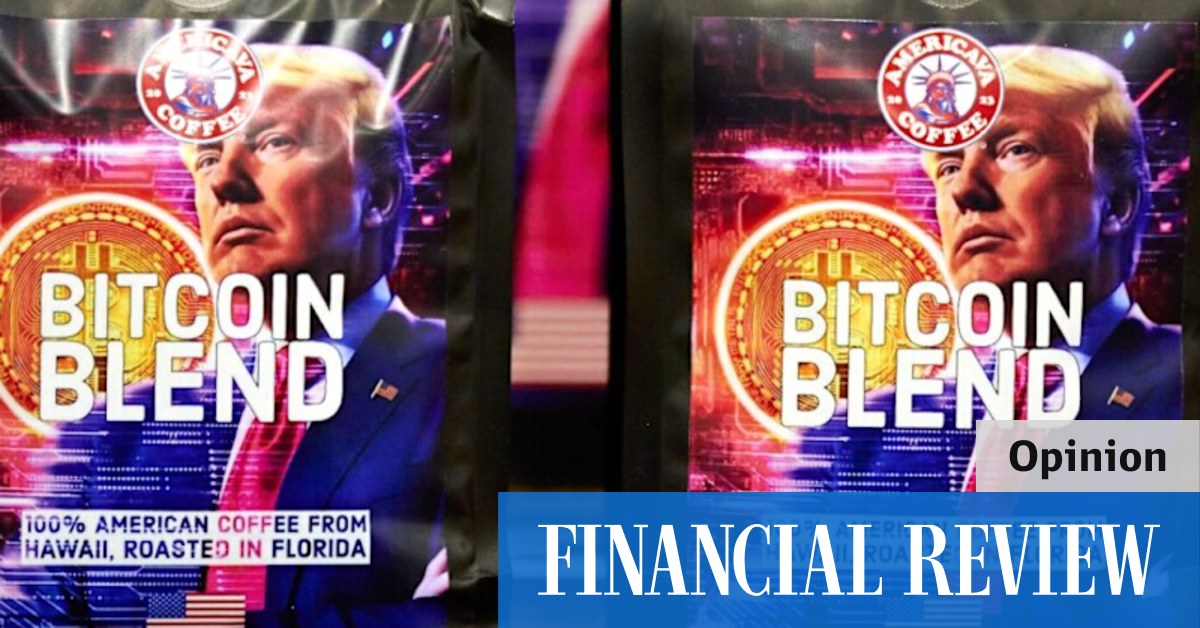Trump's Presidency: A Legacy of Rising US Bond Risk?
Donald Trump's presidency (2017-2021) was marked by significant economic shifts, leaving behind a complex legacy, including a notable increase in US bond risk. While the US remains a global economic powerhouse, understanding the factors contributing to this heightened risk is crucial for investors and policymakers alike. This article delves into the key drivers of increased US bond risk during the Trump administration and explores the lingering effects on the global financial landscape.
Tax Cuts and Increased Spending: A Recipe for Higher Debt?
One of the most significant economic policies of the Trump administration was the Tax Cuts and Jobs Act of 2017. This legislation significantly reduced corporate and individual income tax rates. While proponents argued it would stimulate economic growth, critics raised concerns about its impact on the national debt. Simultaneously, government spending increased, driven by factors including defense spending and other initiatives. This combination of tax cuts and increased spending contributed to a widening budget deficit and a substantial increase in the national debt. A higher national debt invariably increases the perceived risk associated with US Treasury bonds, a key benchmark for global debt markets.
Trade Wars and Global Uncertainty
Trump's "America First" trade policy, characterized by imposing tariffs on goods from various countries (most notably China), created considerable global economic uncertainty. These trade wars disrupted supply chains, impacting businesses and consumers worldwide. This uncertainty directly impacted investor confidence, making US bonds – typically viewed as a safe haven asset – appear less appealing. The volatility introduced by this protectionist approach added another layer of risk to the already considerable debt burden.
The Impact on Interest Rates and Inflation
The increased national debt and economic uncertainty during the Trump years influenced interest rates and inflation. While interest rates initially remained low, the potential for future inflation – fueled by increased government spending and trade disputes – created a risk for bondholders. Inflation erodes the purchasing power of fixed-income investments like bonds, making them less attractive. This risk is particularly relevant for long-term bonds, which are more sensitive to inflation.
Long-Term Implications and Current Situation
The increased US bond risk during the Trump presidency had and continues to have significant repercussions. The legacy of increased national debt and global economic uncertainty continues to influence investor sentiment and policy decisions. Understanding this historical context is crucial for navigating the complexities of the current economic environment. The subsequent Biden administration has inherited this complex situation and is grappling with its ramifications, including managing inflation and addressing the national debt.
Key Takeaways:
- Increased National Debt: Tax cuts and increased spending led to a significant rise in the national debt.
- Trade Wars & Uncertainty: Protectionist trade policies created global economic volatility, impacting investor confidence.
- Inflationary Pressures: The combination of factors created increased risks associated with inflation, eroding the value of bond investments.
- Long-Term Consequences: The legacy of increased US bond risk continues to shape economic policy and investor behavior.
Further Reading: For deeper insights, explore resources from the Congressional Budget Office (CBO), the Federal Reserve, and reputable financial news outlets. Understanding these complexities is critical for informed financial decision-making.
(Note: This article provides an overview and should not be considered financial advice. Consult with a financial professional for personalized guidance.)

